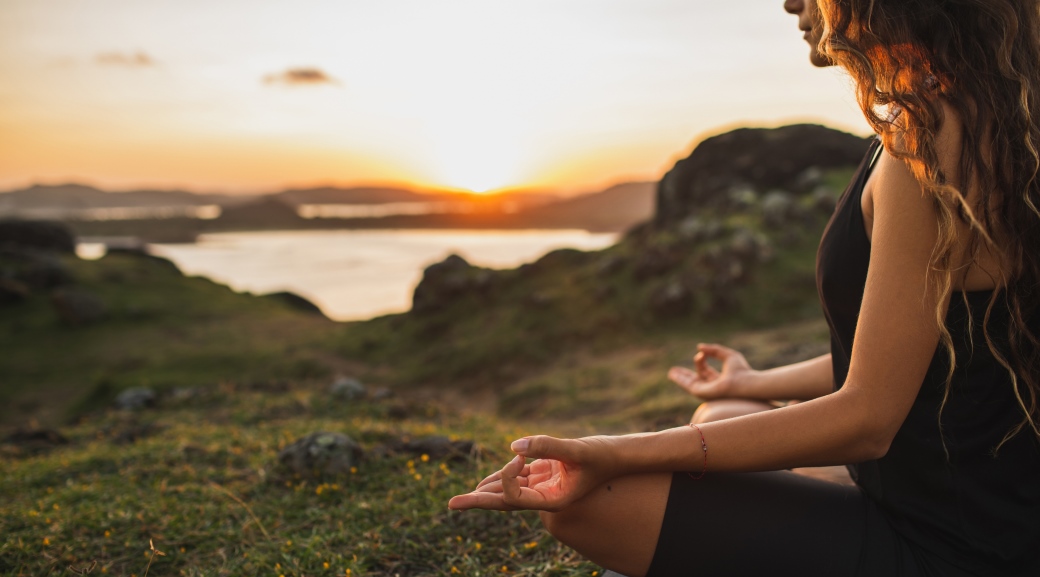What exactly is meditation? And why do we need it? Olivia Ferrari on the importance of this simple, ancient and essential practice.
WHAT IS MEDITATION?
Meditation is a tool to help you master the BodyMind so the true self or soul can emerge. We meditate to live our life consciously, making choices from our true nature; rather than allowing logic (as opposed to intuition) or our busy, stressed, troubled thoughts to rule our actions. A mind that meditates is more likely to manage life’s up and downs.
MY EXPERIENCE
From discovering life-changing meditative practices in Cambodia and India and since incorporating it into my daily life for several years, meditation has been the fundamental aspect of my self-development and journey towards good health. From my personal experience with a broad spectrum of doctors, healing techniques, diets, plans and exercises discovering meditation has been the most positively impactful. It is the foundation of my life improving my work, presence and clarity of direction exponentially.
THE CHALLENGE
When done incorrectly meditation can feel like a chore. In a modern society with present day demands, it can pose as a challenge rather than solution therefore a new perspective is required.
ADAPTABILITY
Meditation for stress vs meditation for relaxation are very different things. Like a chameleon, the ability to be able to adapt your own practice to suit your circumstance is an invaluable tool. Imagine being able to nurture yourself (for free) in every moment of the day no matter what.
YOUR VERY OWN
The problem I see with most ready-made meditation practices is that they provide a rigid structure which can distract you from looking at yourself deeply in the moment with what you need right now. They were designed by an individual through exploration for what they found worked and needed in each moment. This is where I urge you to do the same; to explore what you need and when.
Here’s how:
This is a malleable guide for you to start to create your own practice.
1. Find a quiet spot (not essential)
2. Sit, stand or lie comfortably – anything is ok as long as your spine is straight
3. Close your eyes or soften your gaze, stare at your nose (yes cross-eyed) or a static object in front
4. Tap into the parasympathetic nervous system by slowly deepening your breath over several cycles – if you yawn, experience new bodily sensations, need to pass wind or hear your stomach gurgle this is a good sign
5. EXPLORE: Spend the time you have to explore all realms of your body (mind, body, spirit) within this meditative state: such as? Ask yourself questions: how am I feeling, what am I feeling, where does it hurt, what can I see in my mind’s eye? Try moving, dancing, crying, laughing, anything you feel pulled to, play with both active and passive styles (either in one practice over many), body positioning, lengths of breath, visualisation, points of focus and nostril versus mouth breathing Remember: no day has to be the same. It’s down to what you need in the moment you have.
Example: Today I felt lower in energy but tense so enjoyed a seated position, focusing on extending the length of my breath cycles beginning with emptying my lungs completely. From here I moved into fire breath (explanations can be found online) with moments of pause in between. Next I imagined bright white light pouring down through my crown filling up my body with beautiful energy and emanating out into my energy body or aura. And lastly, I prayed, including noting what I am grateful for and what I would like to experience in the day.
Happy meditating friends!
Olivia is an English-born qualified masseuse, meditation and yoga teacher, running Olivia Ferrari Wellness. For more information visit: oliviaferrariwellness.com

